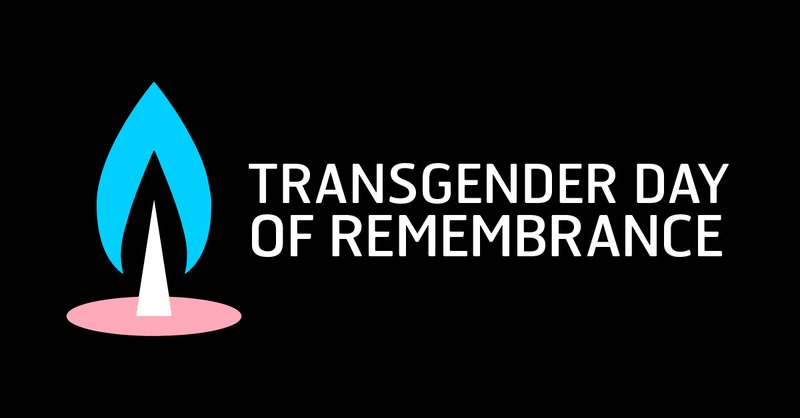Transgender Remembrance


Remembering the dead
We know that it is often minority groups in society that bear the greater weight of prejudice and intolerance. They are on the receiving end of slurs, discrimination and violence because they are "not like us". How does this sit with our Christian commitment to equality and diversity, inspired by the grace-filled life and teachings of Jesus.
Transgender Day of Remembrance is held in November to honour Rita Hester (above right), whose murder on 28 November 1998 inspired a candlelight vigil in San Francisco in 1999. Each year since, a list of those killed during the previous 12 months is compiled and their lives recalled on this day.
Although not every person represented during the Day of Remembrance is self-identified as transgender (as a transsexual, crossdresser, or otherwise gender-variant), each was a victim of violence based on bias against transgender people.
"When one of us is hurt, we all feel it"
In 2021, BBC reporter Michael Baggs produced this short video. It includes interviews with two trans individuals who speak about the violence they have experienced, and about their reluctance to report incidents to the police.
Resources for Transgender Remembrance
Though there are a number of websites that provide helpful information around Transgender Remembrance (see below), it is not easy to find resources for use in worship.
In memoriam (Our candle burns) is a song written by Ashley Jay Brockwell specifically for use on or around Transgender Day of Remembrance. It can also be read as a poem.
The 2013 publication Bold I Approach, produced by the Methodist LGBT organisation Outcome, includes a prayer for use on Transgender Remembrance Day by Jan Goddard. The volume includes other resources appropriate for the occasion.
On Singing the Faith Plus, we have published a hymn, We come today to celebrate, by the Revd Stephanie Jenner, written for the LGBT (Lesbian, Gay, Bisexual and Transgender) Eucharist at the 2013 Greenbelt Festival. Though Transgender Remembrance is often a quiet and reflective occasion, Stephanie’s words – sung to the tune “Amazing Grace” – may lend to the occasion a helpful note of Christian hopefulness. Also published here is Gary Hopkins’ When our views are varied.
You may also wish to explore the liturgies, prayers and resources for Transgender Remembrance available on the Worship Words website – always being mindful of choosing the language that is most appropriate for your context and community.
A more general resource is Ruth Yorke's helpful reflection on the use of non-binary language in worship.
Finding information
The Transrespect versus Transphobia website (TVT) releases an update of the Trans Murder Monitoring research project annually. This project tracks murders of trans and gender diverse people globally and is released on the first day of Trans Awareness Week and one week before Trans Day of Remembrance.
The International Transgender Day of Remembrance (TDoR) website offers an introduction to the day and other information. It also lists where remembrance events will take place including in the UK (usually updated near the time). Another useful resource is GLAAD, an American. non-profit organisation focused on LGBTQ advocacy and cultural change.
See also the Metropolitan Community Churches website, which includes other helpful links and a simple running order for an act of remembrance.

Further materials suitable for TDoR can be sourced via enfleshed.com. enfleshed "creates and facilitates spiritual resources for collective liberation through prayer, liturgies, art, meditations, teaching, and other resources". Explore the site, including a sample copy. You can subscribe to Liturgy that Matters for $8/month.
For more information about the Methodist Church in Britain’s policies on equality and diversity, contact Bevan Powell, the Connexional Equality, Diversity and Inclusion Advisor. Also read the Methodist Church's theological underpinning for Equality, Diversity and Inclusion.